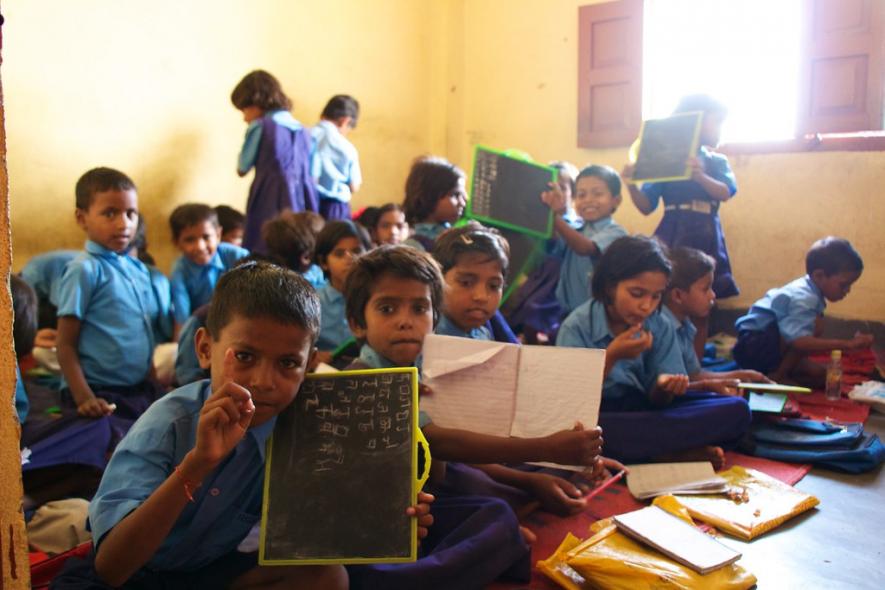Right to Education: Why Quality Learning Remains Out of Reach for India's Poor
In 2023, over 6 million children in India were out of school (UNICEF). While the RTE Act guarantees education, the real challenge lies in delivering meaningful learning to underprivileged communities.
The Broken Promise of RTE
Twelve years after the Right to Education Act (2009), government schools still struggle with:
- ❌ 56% of Grade 5 students unable to read Grade 2 text (ASER 2022)
- ❌ 1 teacher for every 32 students (vs recommended 1:20)
- ❌ 23% schools lack functional toilets (UDISE 2021-22)
Grassroots Solutions Making a Difference
While systemic change is slow, these approaches show promise:
1. Community-Led Learning Centers
NGOs like Pratham and Teach For India deploy local volunteers to run after-school programs focusing on foundational literacy and numeracy.
2. Digital Bridge Projects
Initiatives like Digital Baal Sabha provide tablets with offline educational content to rural children, overcoming teacher shortages.
3. Parent Empowerment
Programs training parents to monitor learning outcomes have shown 40% improvement in student performance (J-PAL study).
What You Can Do Today
- ✅ Volunteer 2 hours/week to teach basics at a nearby shelter
- ✅ Donate pre-loved books/tablets to NGOs
- ✅ Advocate for better school infrastructure in your district
The Road Ahead
True education reform requires:
- 🔸 Teacher training focused on pedagogy, not just syllabus completion
- 🔸 Public-private partnerships for infrastructure development
- 🔸 Regular learning outcome assessments beyond enrollment numbers
Hope Spot: States like Kerala and Himachal Pradesh show that with political will, government schools can deliver quality education - their literacy rates exceed 90%.

